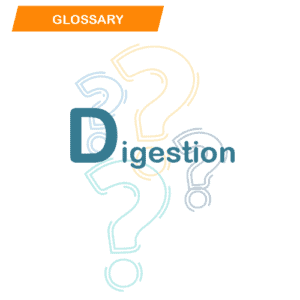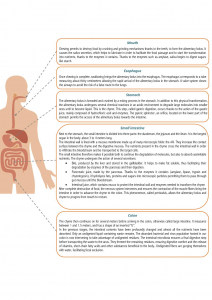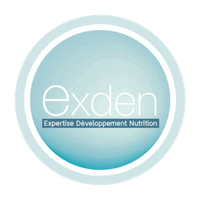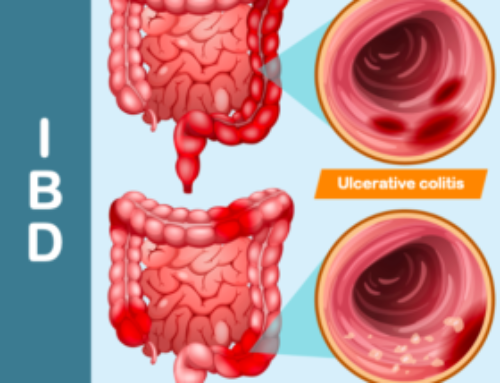 Eating is a universal and daily act that is essential for human survival. Food that we eat contains nutrients, which are vital for our body to function properly. During the digestion phenomenon, the large molecules provided by food are broken down in the digestive tract into nutrients, which will pass into the blood in order to be used by the cells of the organism.
Eating is a universal and daily act that is essential for human survival. Food that we eat contains nutrients, which are vital for our body to function properly. During the digestion phenomenon, the large molecules provided by food are broken down in the digestive tract into nutrients, which will pass into the blood in order to be used by the cells of the organism.
Digestive physiology
The digestive tract is like a “pipe” about 7 meters long which extends from the mouth to the anus. This organ is very sophisticated: numerous biological and chemical reactions take place. A muscular system is also included giving motor skills, and a nervous system permitting direct connection with the brain as well.
The intestinal mucosa lining the intestines is an exchange surface between inside and outside the body. It’s the place for nutrients’ absorption. The mucosa also hosts a complex defense system allowing protection from pathogens than can be ingested.
The intestinal immune system has a wide variety of cell types. Intestinal immunity has an innate component with the presence of epithelial cells and antigen presenting cells, and an adaptive component composed of lymphocytes.
Digestion: the food path

LC
Reference
Picture: Freepik




